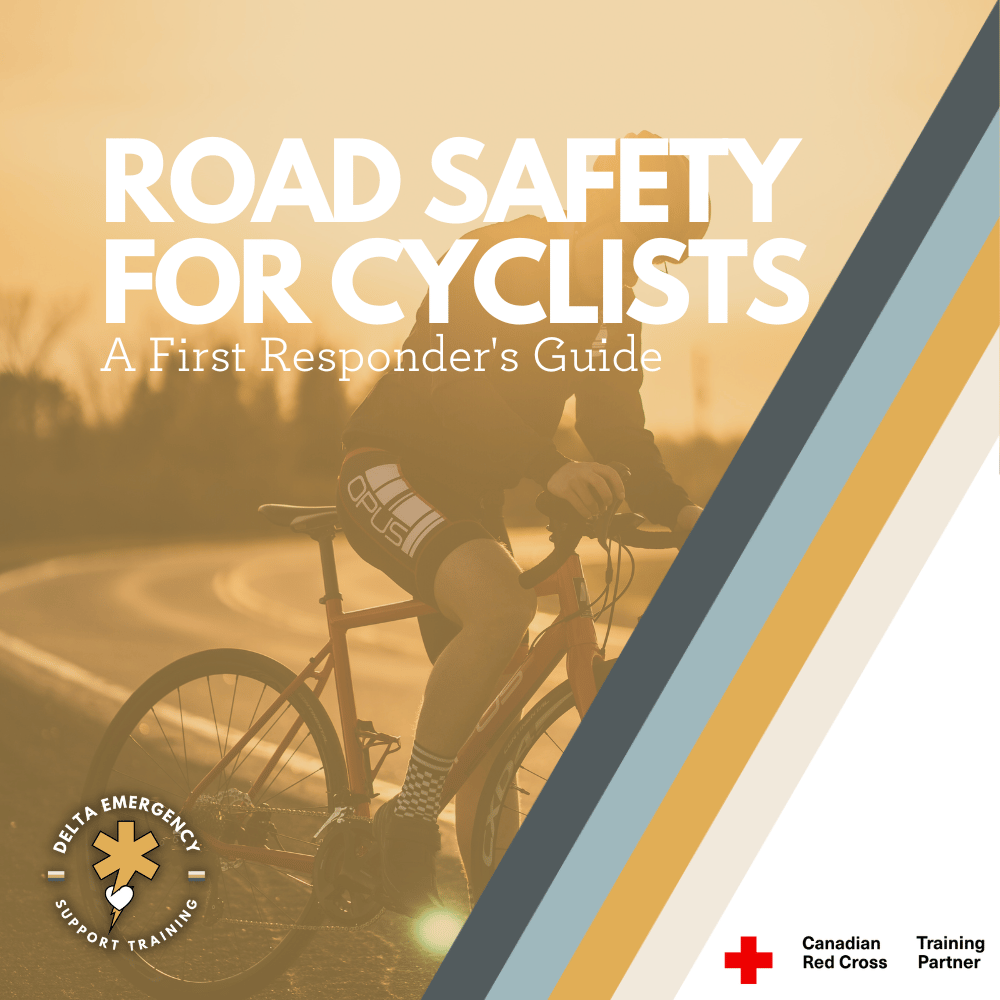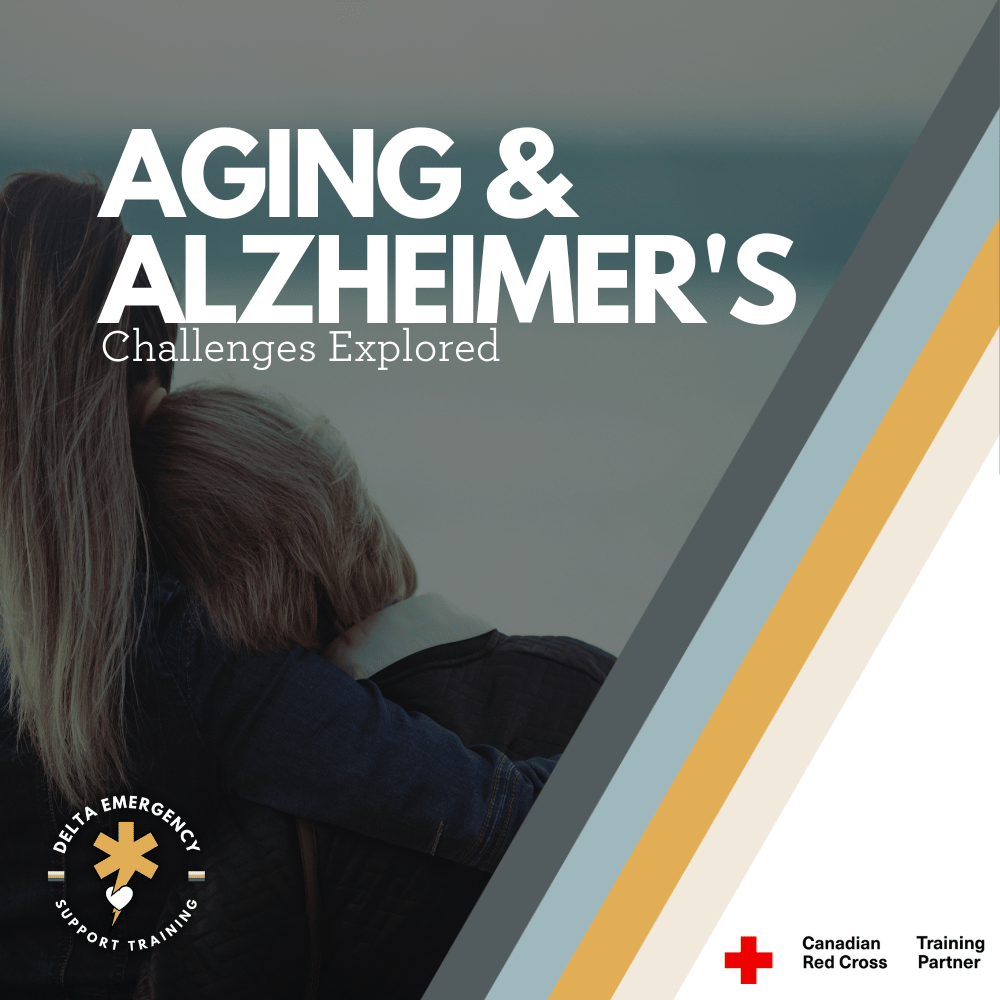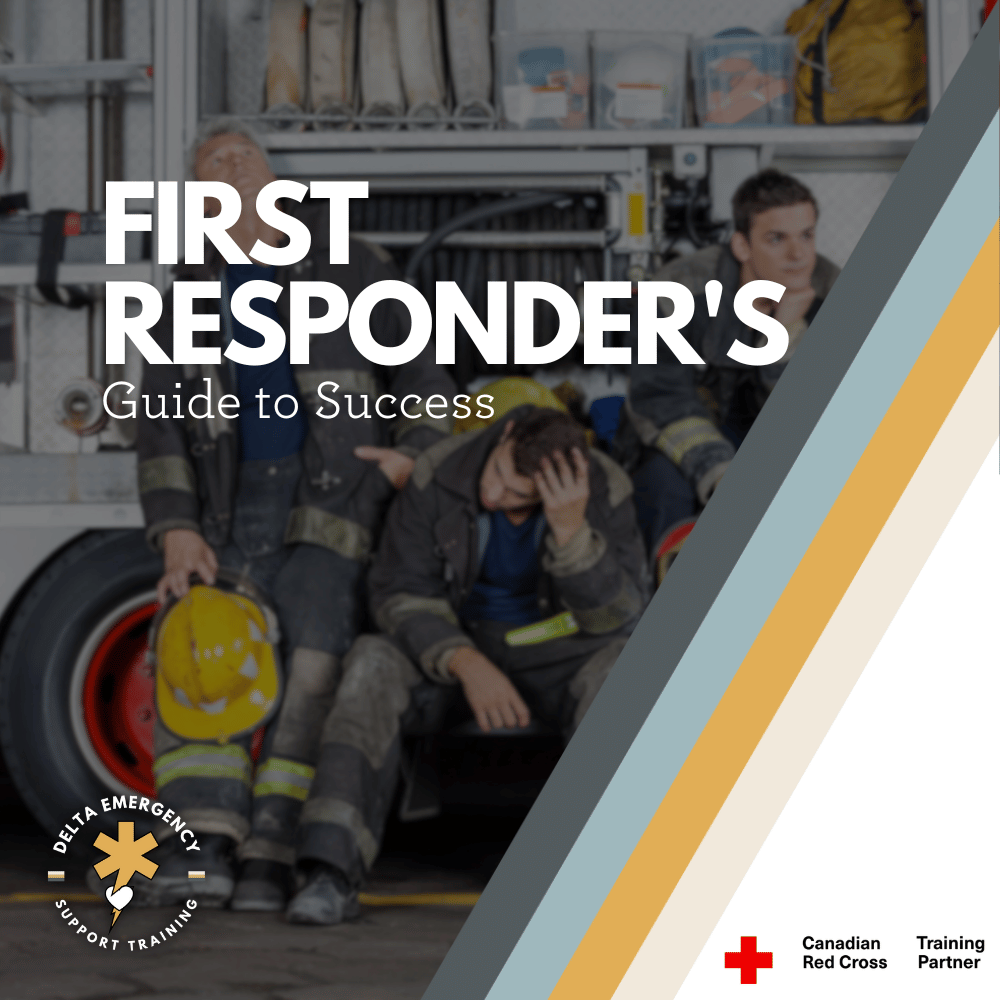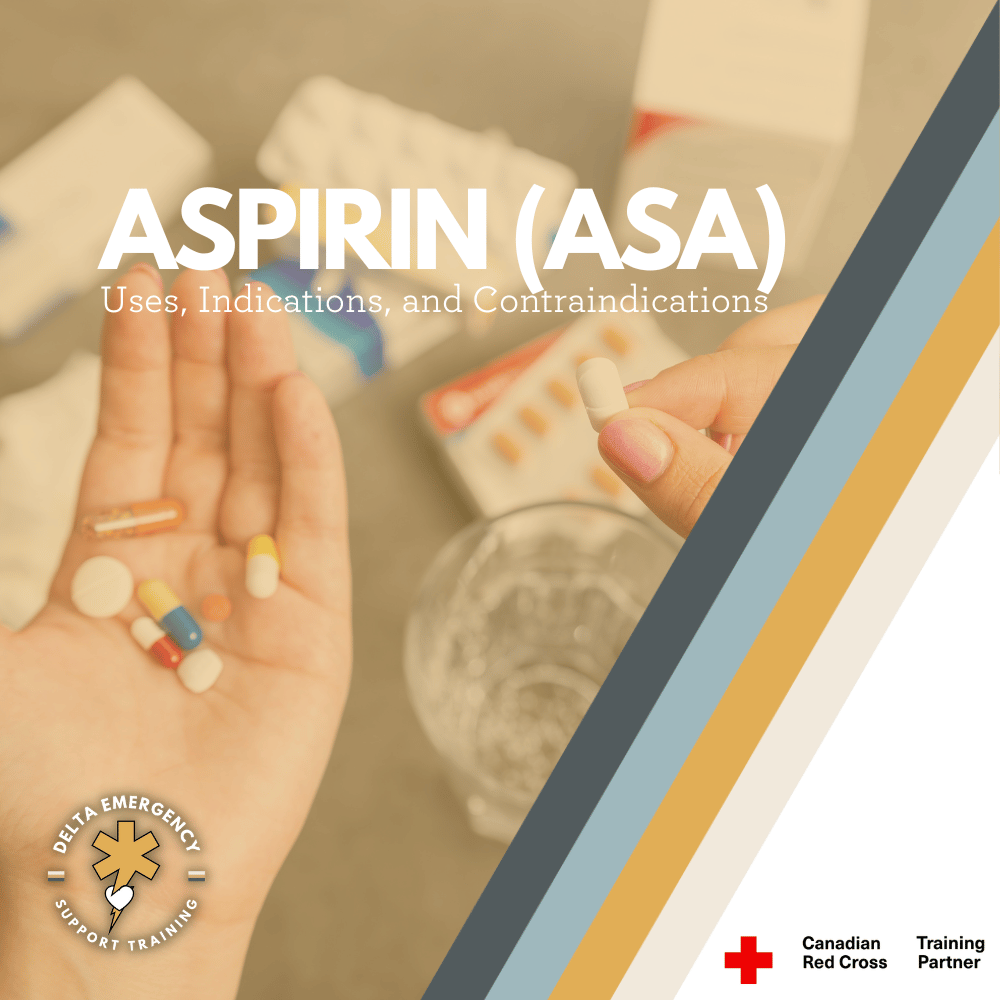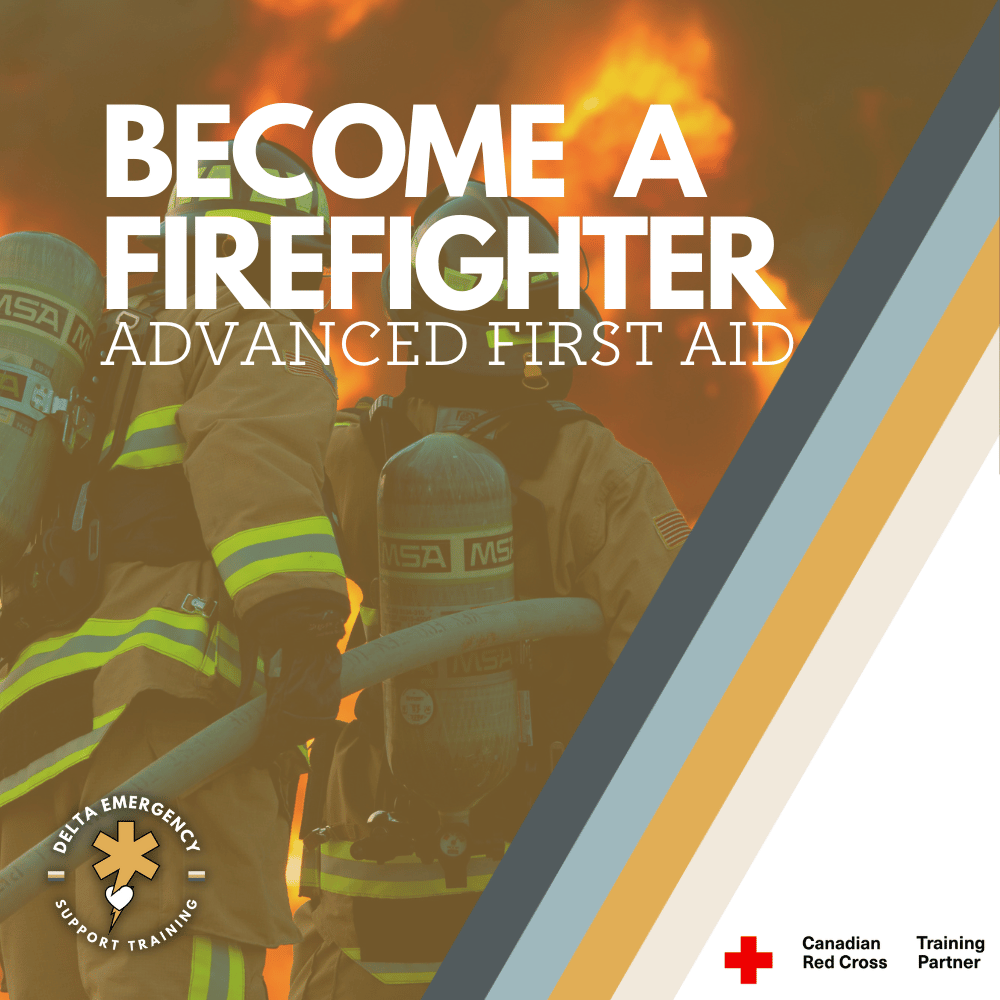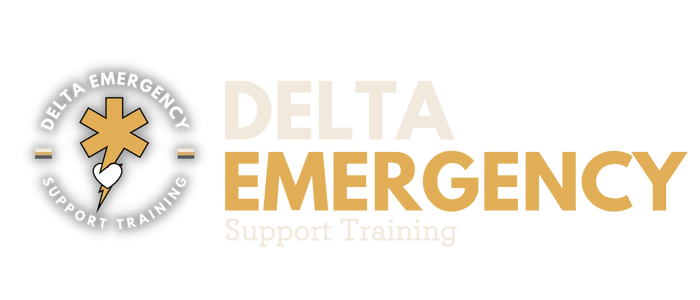Packaging a patient outdoors involves preparing the patient for transport while outside of a hospital or medical facility. This can be necessary if the patient is injured in a remote location, such as a hiking trail, or if the patient needs to be moved quickly due to a hazardous environment, such as a chemical spill. The process of packaging a patient outdoors requires careful planning and execution by trained emergency responders.
Once the situation has been assessed, the responders must stabilize the patient's injuries. This may involve applying pressure to a wound, immobilizing a broken bone, or providing oxygen to a patient who is having difficulty breathing. The goal is to ensure that the patient is as comfortable and stable as possible before transport.
Depending on the patient's injuries and the environment, there are several different methods for packaging a patient outdoors. Some of the most common methods include a vacuum mattress, a scoop stretcher, or a portable stretcher. The chosen method should be able to support the patient's weight and immobilize any injured limbs or body parts.
Read More

